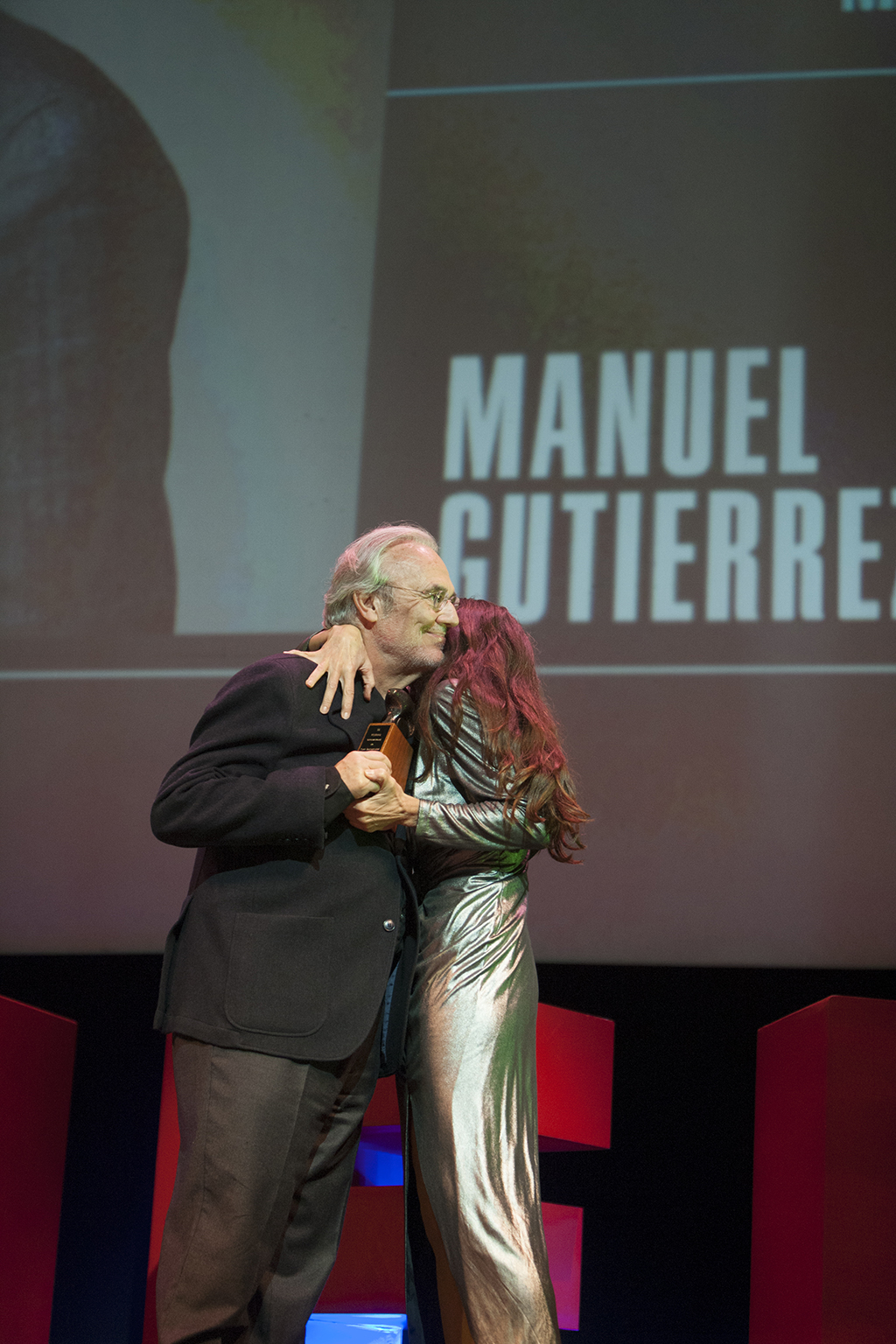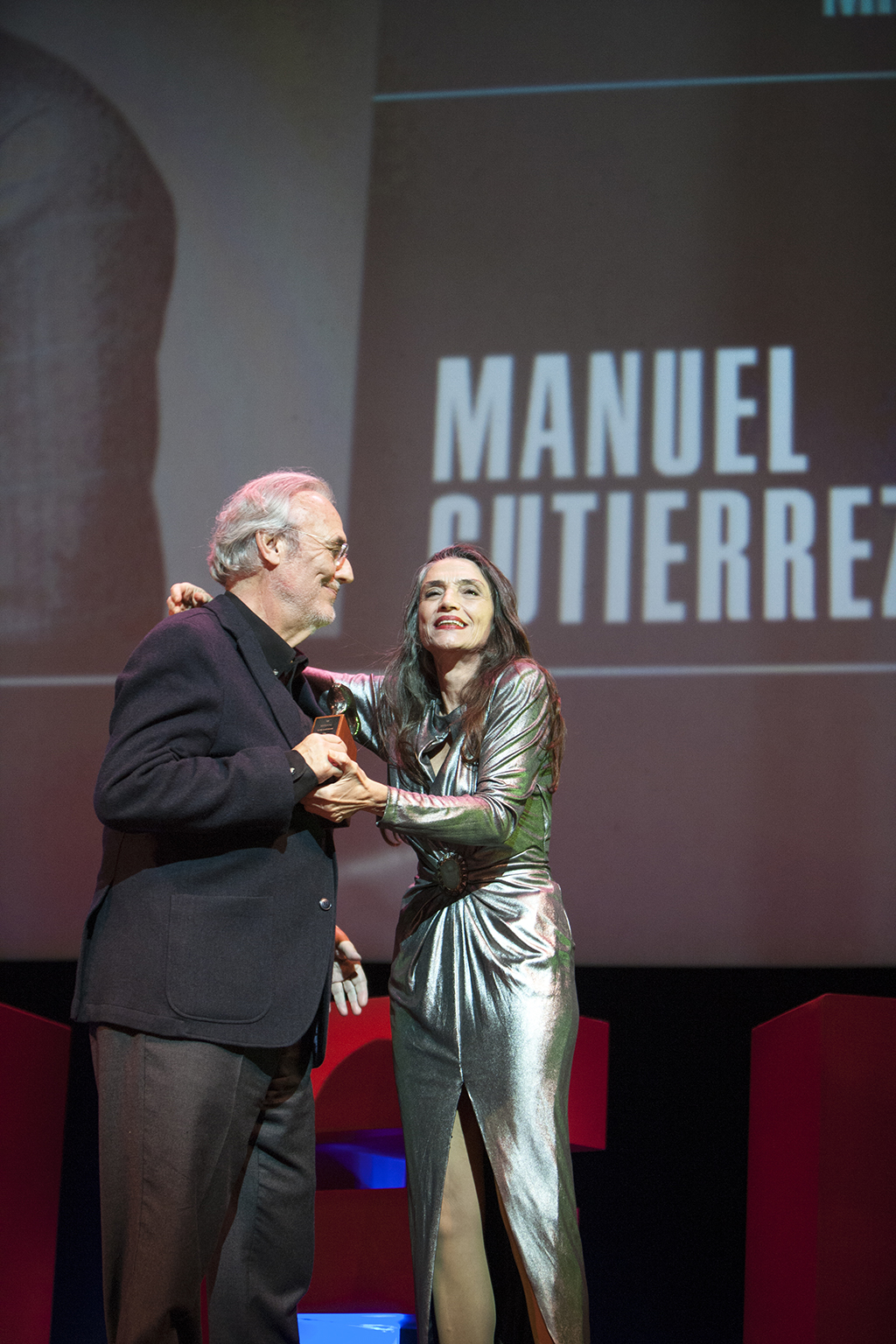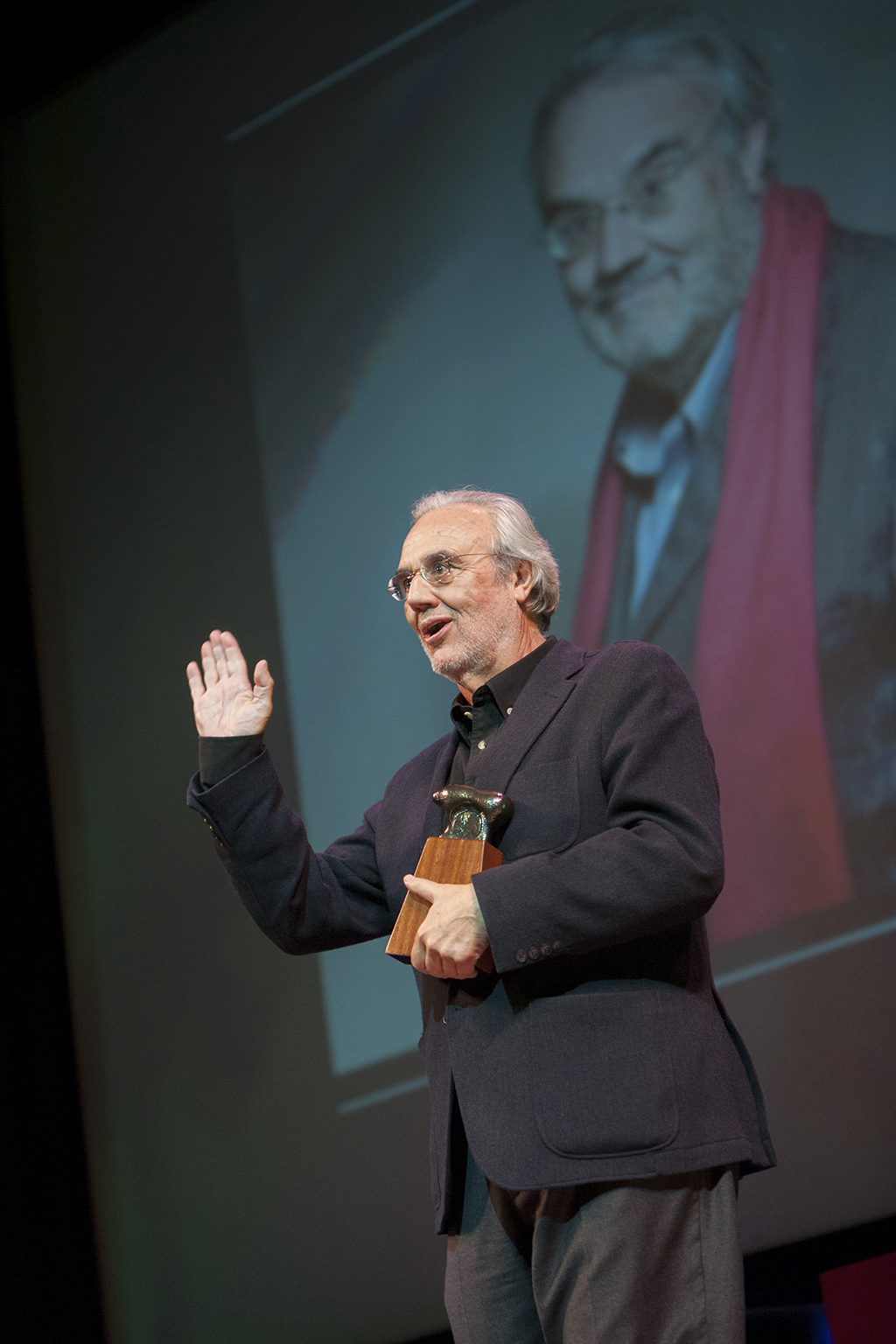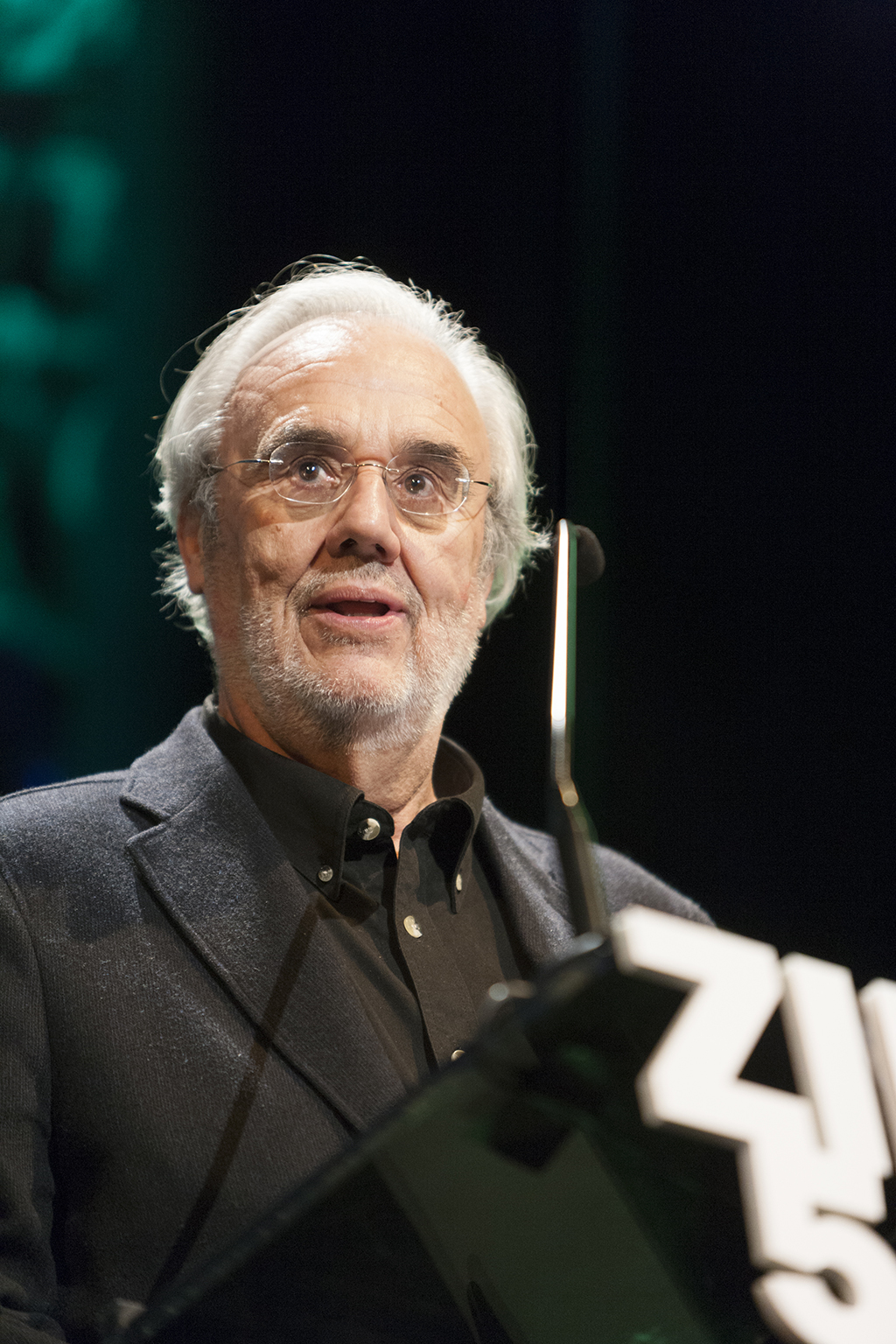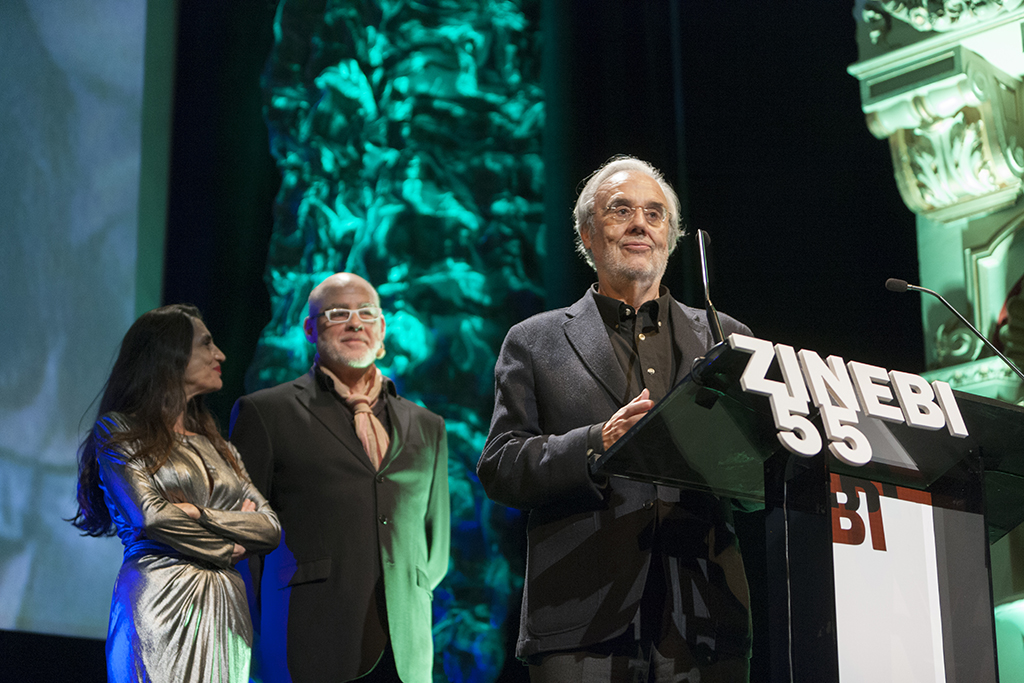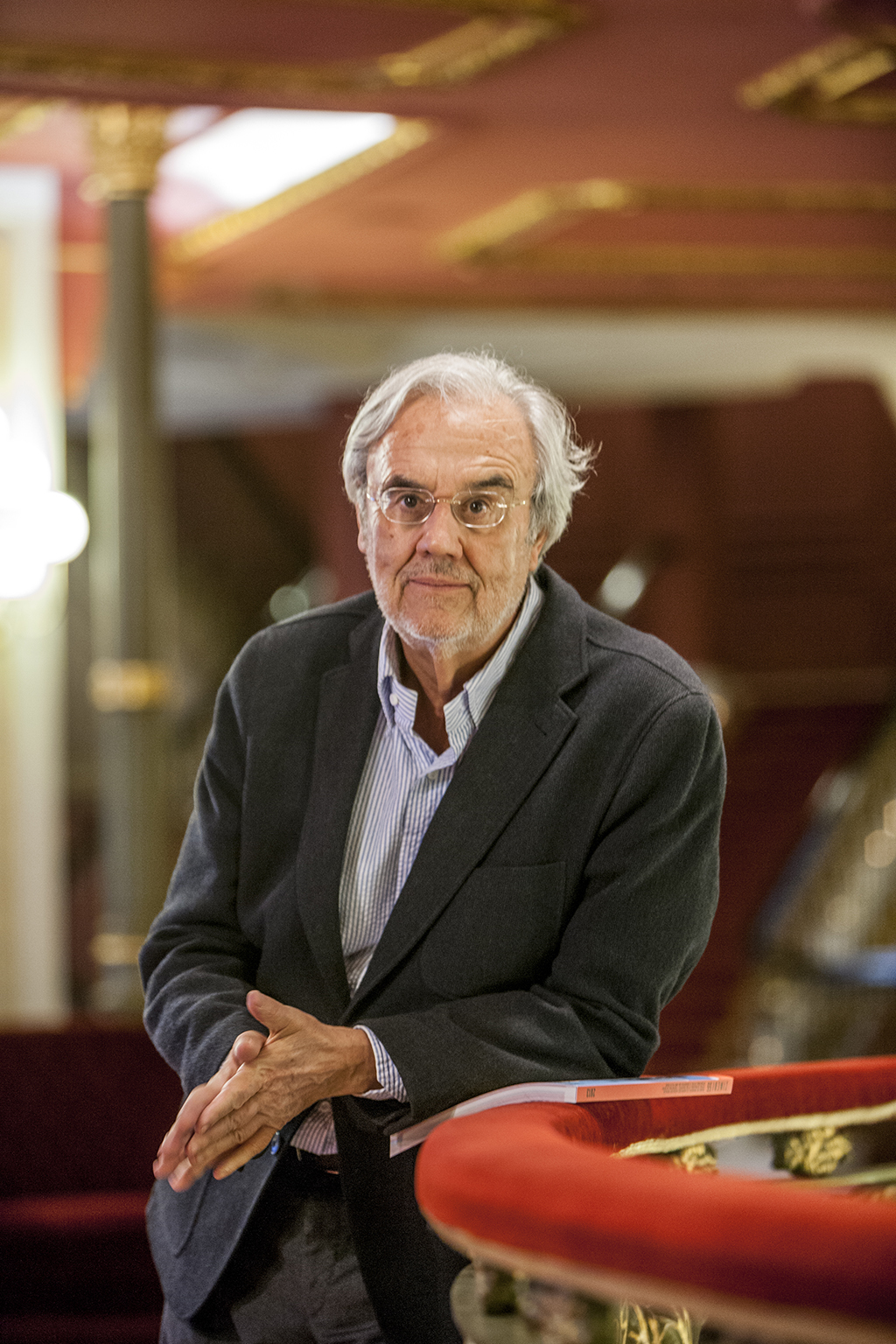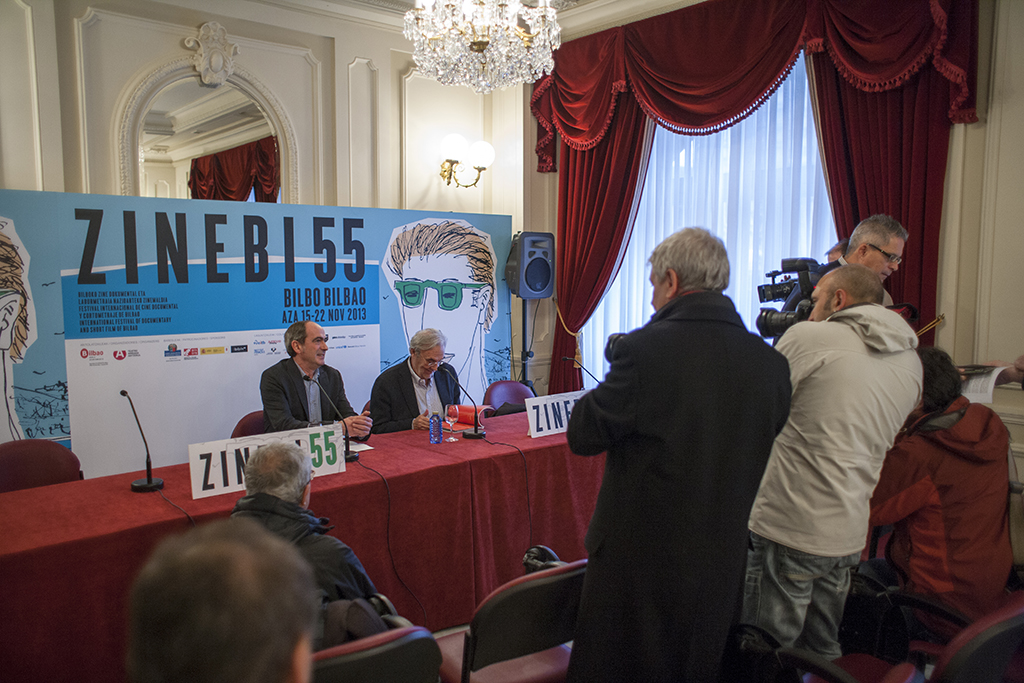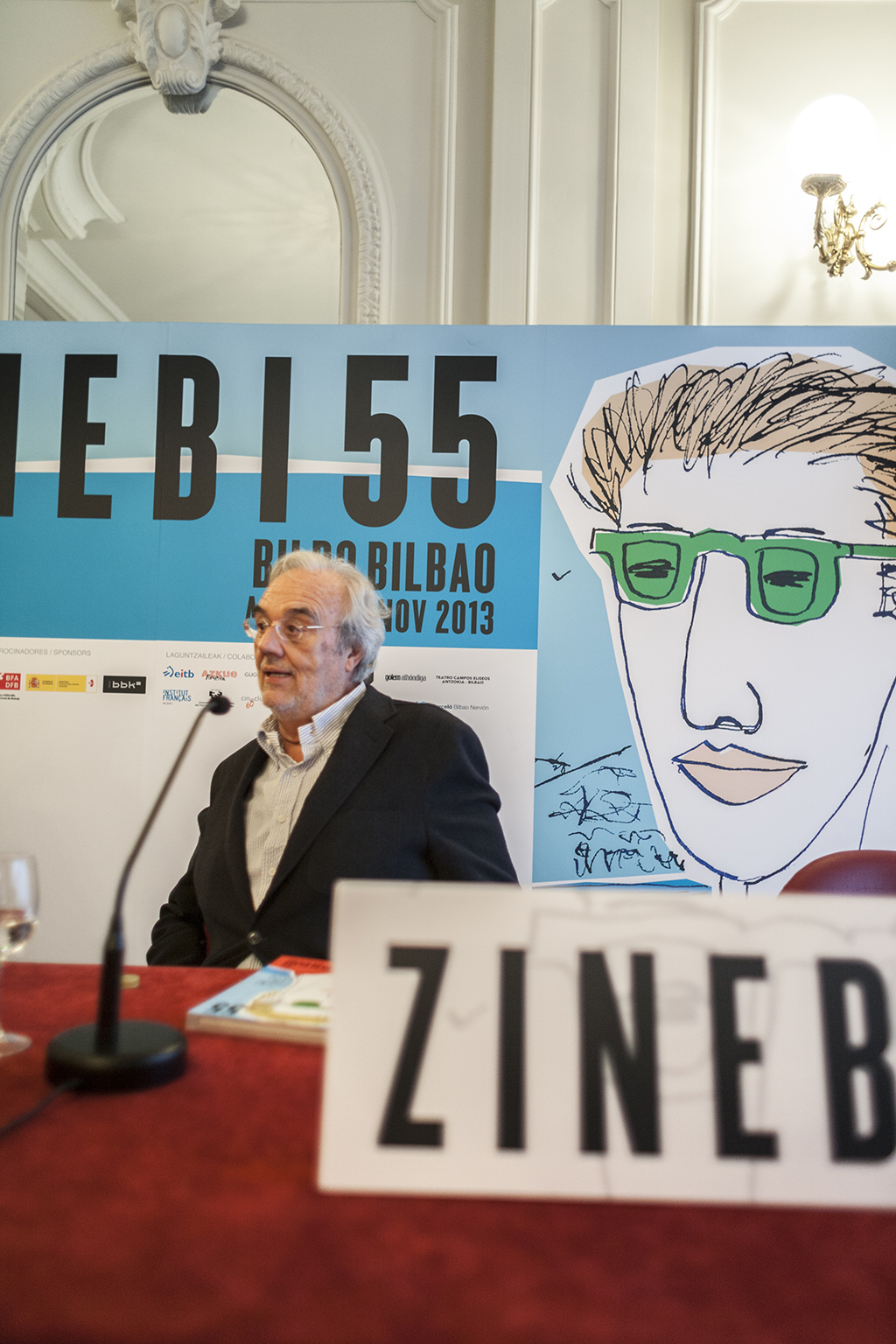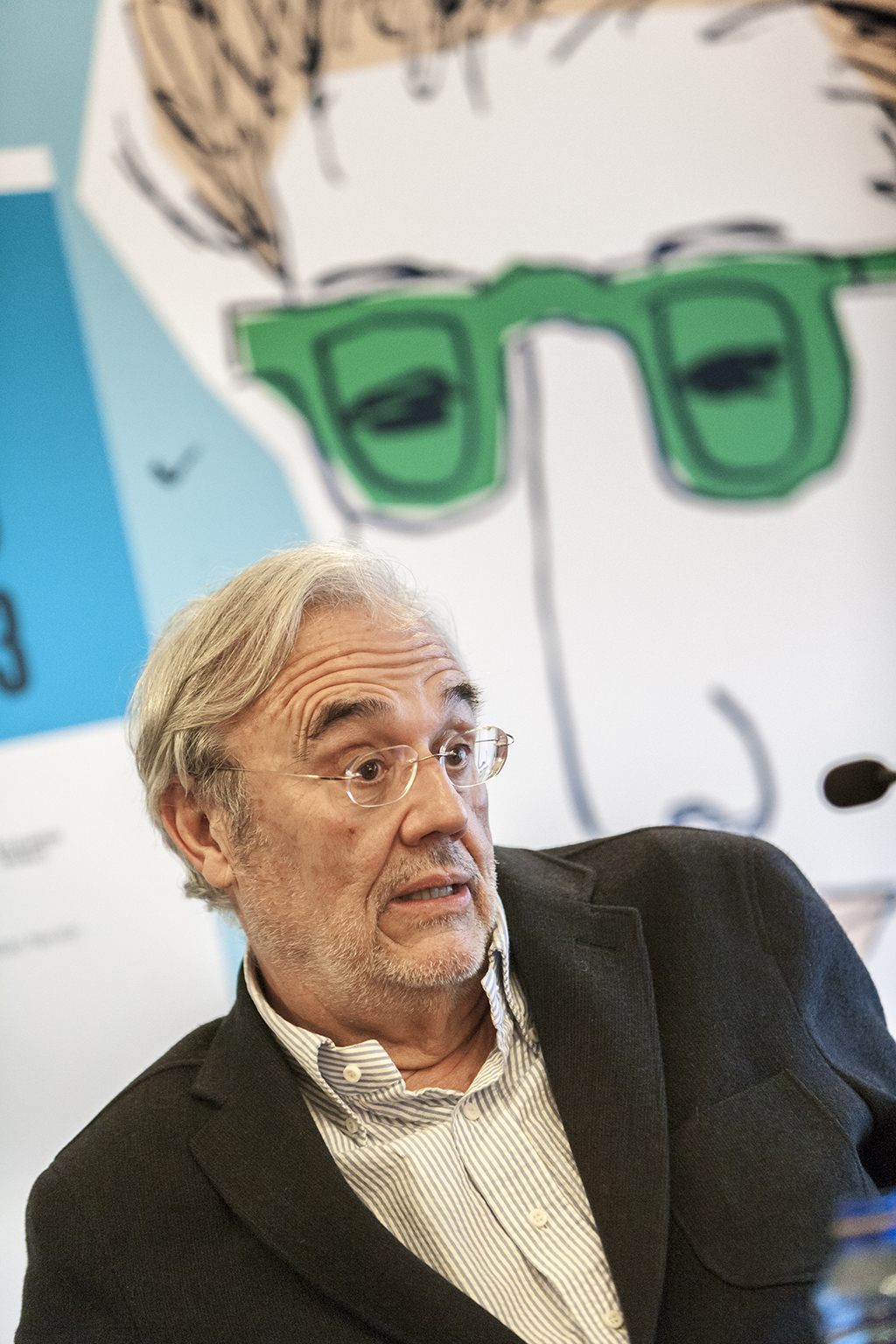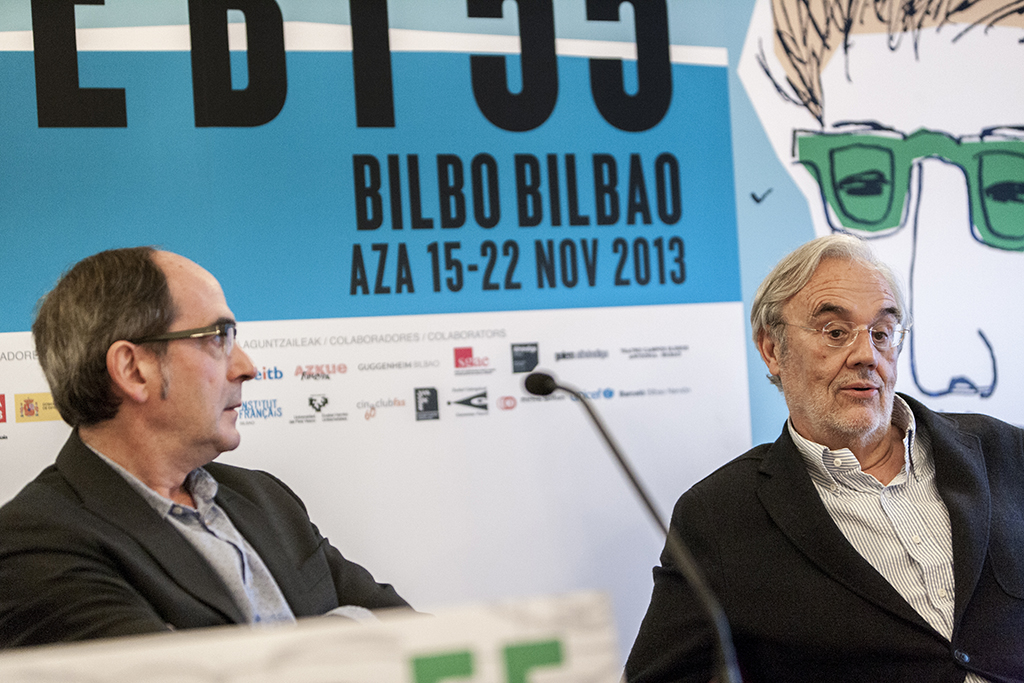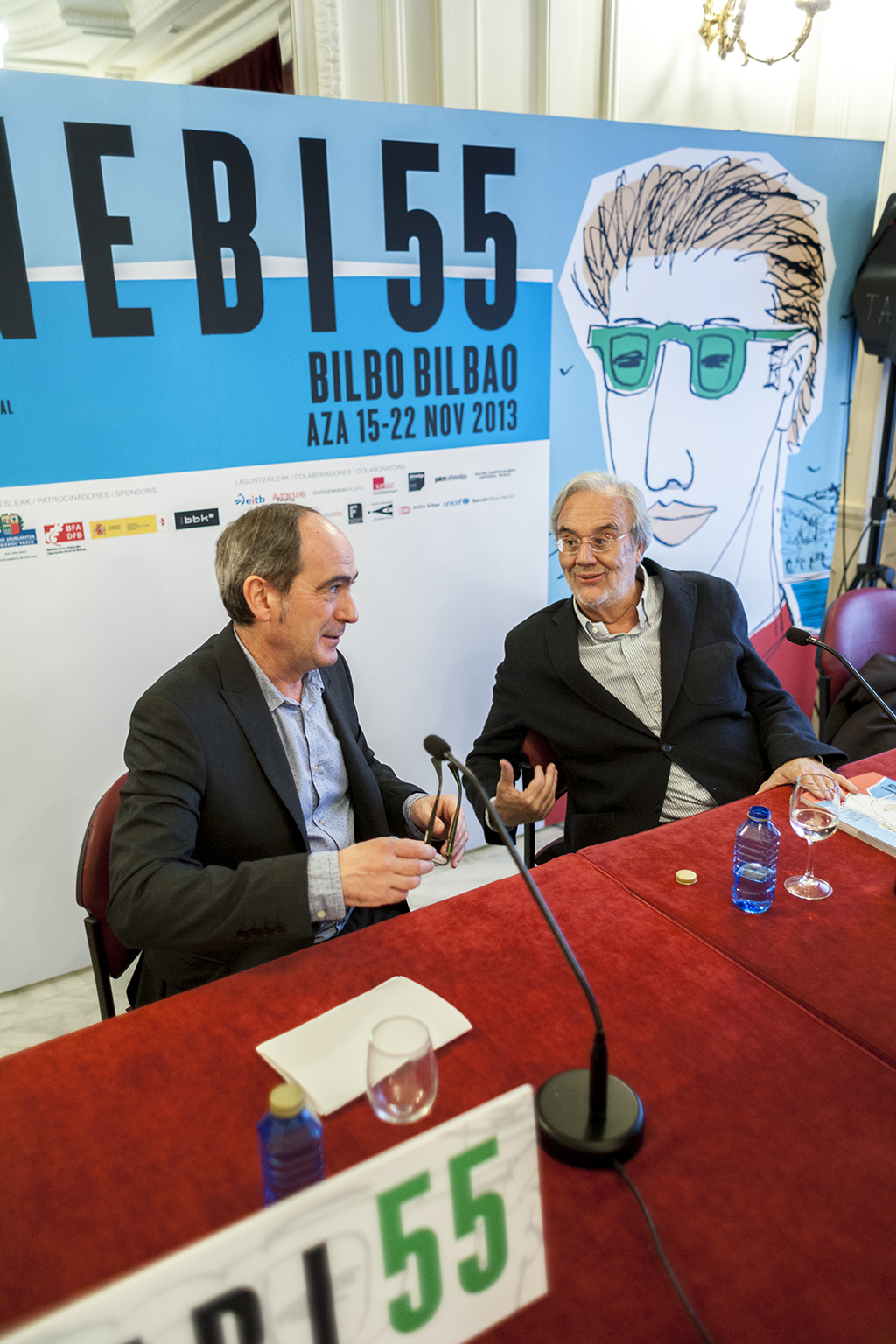IN BETWEEN HISTORY AND FABLE. THE CINEMA OF MANUEL GUTIÉRREZ ARAGÓN
It is a common practice to qualify as rare, strange, hermetic, and even incomprehensible those works that fall outside the established pattern. However, these labels sometimes conceal some of the most compelling, unique, free and beautiful projects. The cinema of Manuel Gutiérrez Aragón (Torrelavega, 1942) is undoubtedly among them. Like many other members of his generation, Gutiérrez Aragón directed his first short films at the Madrid Official Film School. Interestingly, in some schoolbased practices [Nana para dormir a un héroe (Lullaby to sing a hero to sleep), 1967 y Hansel y Gretel, 1969] the usual procedures that will be decisive in his later work are already present, such as the use of structures of stories for children. The promise of heterodoxy that hinted at these first approaches to cinema will be confirmed when in 1973 and with the help of Elías Querejeta he makes his first feature, Habla, mudita (Speak, little mute one), a deep reflection on language, communication limits or the boundaries between teaching and training; issues that, together with a permanent questioning of the established norms, permeate his surprising and unique filmography.
The following films by the director definitely put his cinema in a place far away from the conventional and key to understanding the recent history of Spanish cinema, at the same time as an original approach to the always tremulous history of Spain. Hence, Camada negra (Black Litter, 1977), Sonámbulos (Somnambulists, 1978) y El corazón del bosque (The Heart of the Forest, 1979) make up a sort of triptych marked by an approach that narrates current political events from an unusual perspective. Be it the analysis of the ideological roots of fascist groups, the growing internal contradictions of the opposition against Franco during the Transition or the tenuous border between surrender and progress in the Spanish grey postwar, Gutiérrez Aragón addresses the topics with a sense of the fantastic and far away from the testimonial, placing them in an environment that exceeds them and frames them. Precisely the last of the films mentioned, El corazón del bosque deserves a prominent place in the director’s filmography in that it is one of the most successful historical fables of our cinema’s history. It joins the fairy tale structure to other forms of primitive narrative condensed in folktales, lullabies, or mythical characters that live hidden in trembling forests. Forests that the director knows how to film and in which he shows without being explicit (using the ellipsis so present in his films) ancient deep questions where there were, perhaps, only superficial recent answers.
Indeed, this Cantabrian author’s peculiar poetics stretch to reach another of its hallmarks: the perpetual rebellion against the norm. His cinema never ceases to ask (and ask us) about the things we take for granted, what we consider those immutable acts, proposing alternative ways in which we enter or reflect. Alleged truths taken for objective ones are challenged by images full of mystery that evoke fantastic realities beyond conventions, or times when what is objective was not invented yet. Whoever sees hermetism in these proposals should consider that the difficulty is similar to the understanding of a children’s story for someone whose innocence is left behind. However, those who look carefully at his works will observe that in the films of Gutiérrez Aragón there is always a sign, a shot, an image that slips in without warning, which allows us to recognize his personal view and urges us to be creative when watching.
In 2008, a year after the premiere of his latest film Todos estamos invitados (We are all invited) Manuel Gutiérrez Aragón decided to give up directing. The extremely poor economic conditions forced him to make a cinema that did not interest him (“Before making poor cinema, I prefer to leave” he said). Shortly afterwards we learned that he had said goodbye to cinema but not creation. In 2009 he won the Herralde prize with his first novel, La vida antes de marzo (Life before March). Subsequently he published two more novels, Gloria mía, 2012 (Gloria of mine) and Cuando el frío llegue al corazón, 2013 (When cold reaches the heart). While waiting for a change of mind and a new foray into cinema, we can delve into his books and revise his unique filmography. Both his films and his literature seem a good refuge for a time in which mystery is on the wane, a place to shelter when cold reaches the heart, if it is not already here.
Iñigo Larrauri
Research Fellow (UPV/EHU)

